Description
🌸 Goniopora Coral – Description & Care Guide
🪸 Description
Goniopora, commonly called Flowerpot Coral, is a Large Polyp Stony (LPS) coral known for its long, swaying tentacles and daisy-like polyps. It adds a dynamic, flowing movement to reef tanks and is available in many vivid color morphs.
Key Features:
-
Polyp Shape: Long stalks with flower-like ends (resembles a bouquet)
-
Colors: Green, red, pink, purple, blue, neon yellow, and metallic rainbow
-
Growth Form: Encrusting to rounded dome-shaped colonies
-
Behavior: Semi-aggressive; can extend long polyps that touch neighbors
-
Common Names: Flowerpot Coral, Daisy Coral
🧪 Tank Requirements
| Parameter | Ideal Range |
|---|---|
| Lighting | Moderate to high (PAR 80–200) |
| Flow | Moderate, indirect |
| Temperature | 75–80°F (24–27°C) |
| Salinity | 1.025–1.026 SG |
| Alkalinity | 8–10 dKH |
| Calcium | 420–460 ppm |
| Magnesium | 1250–1350 ppm |
| Nutrients | Nitrate: 5–15 ppm; Phosphate: 0.03–0.1 ppm |
💡 Lighting Tips
-
Moderate to high lighting brings out vibrant colors.
-
Acclimate slowly to prevent bleaching or polyp retraction.
-
Intense blue-spectrum lighting enhances fluorescence in some morphs.
🌊 Flow Requirements
-
Prefers gentle to moderate, indirect flow.
-
Too much flow causes polyps to retract or become damaged.
-
Enough flow should keep the polyps gently waving and debris-free.
🍽️ Feeding
Goniopora is photosynthetic but greatly benefits from regular feeding, which boosts health and polyp extension.
-
Target Foods: Reef-Roids, Coral Frenzy, phytoplankton, amino acid blends, tiny meaty foods like rotifers
-
Feeding Time: Lights-off or low-light periods
-
Method: Target feed with a pipette/syringe near polyps
-
Frequency: 2–3 times per week
🧼 Care & Placement
-
Placement: Middle to bottom of tank, in low-flow areas with space for polyp expansion.
-
Aggression: Semi-aggressive — long polyps can touch nearby corals.
-
Fragging: Possible but delicate — use care due to thin, brittle skeleton and risk of infection.
⚠️ Common Issues
| Issue | Cause | Solution |
|---|---|---|
| Polyp retraction | Too much flow or sudden light change | Move to lower light/flow area |
| Tissue loss or death | Poor nutrition or water quality | Improve stability; increase feeding |
| Short polyp extension | Stress from placement or pests | Dip coral; move away from aggressive neighbors |
| Brown jelly disease | Bacterial infection | Frag healthy parts and discard infected tissue |
✅ Quick Summary
| Trait | Goniopora Coral |
|---|---|
| Care Level | Moderate to Difficult |
| Aggression | Semi-aggressive |
| Lighting | Moderate to High |
| Flow | Moderate, indirect |
| Feeding | Strongly recommended |
| Fragging | Possible with care |
| Polyp Extension | Long, flowing, flower-like |
| Placement | Mid to bottom, low-flow area |
🔍 Types of Goniopora
-
Classic Goniopora: Long, daisy-shaped polyps; needs more care
-
Alveopora (similar species): Easier to keep, with only 12 tentacles per polyp (vs. 24 in Goniopora)
-
Goniopora Stokesi: Most common but also the most sensitive
-
Aussie Goniopora: Often hardier and more colorful
-
“Rainbow” Goniopora: Highly sought after for intense coloration
🌿 Tips for Success
-
Keep water parameters stable — Goniopora is sensitive to swings.
-
Spot-feed routinely — helps longevity and polyp extension.
-
Observe closely after introduction — move if polyps remain retracted for days.
-
Don’t place near aggressive corals or high-flow powerheads.
Only logged in customers who have purchased this product may leave a review.

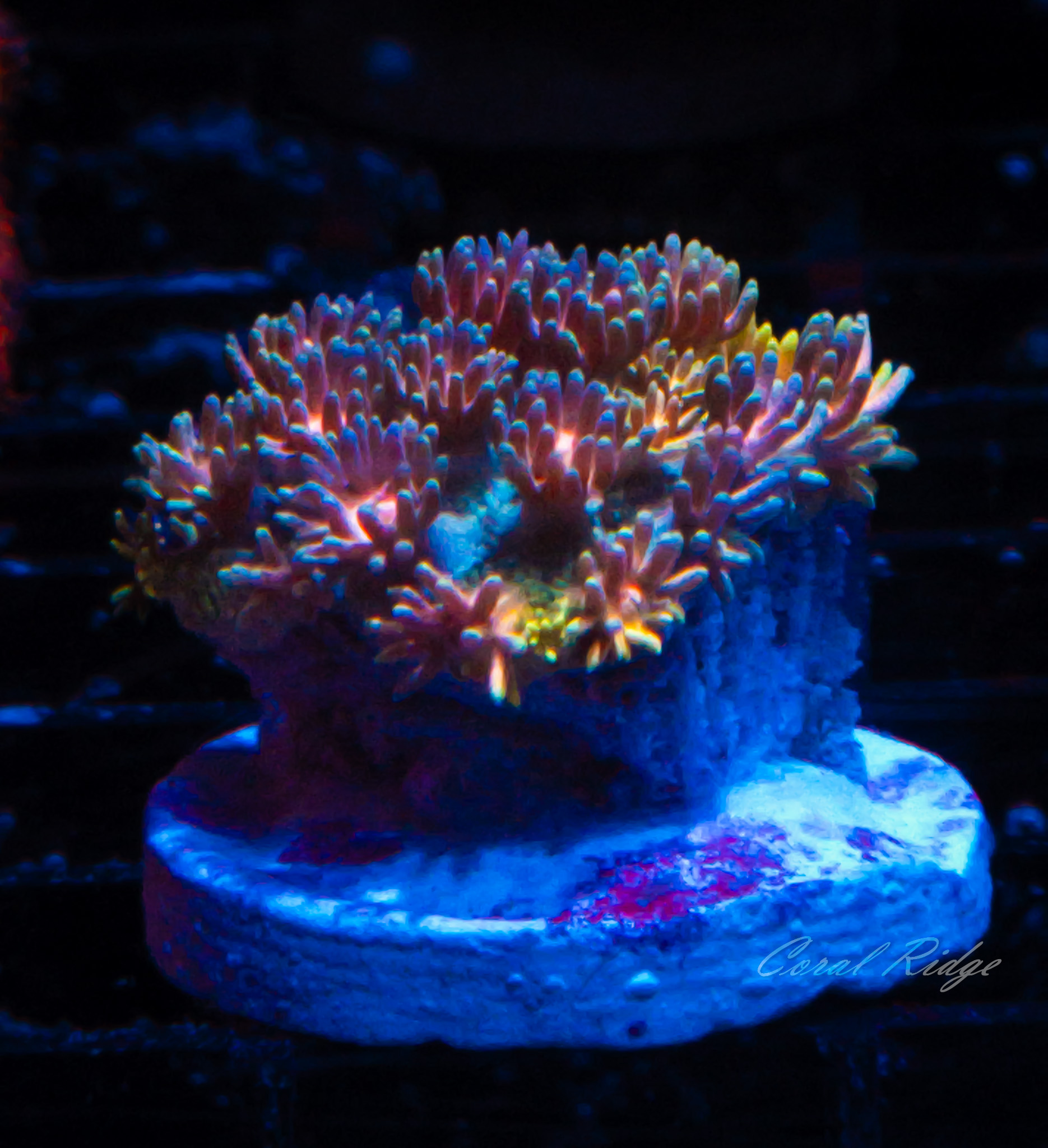
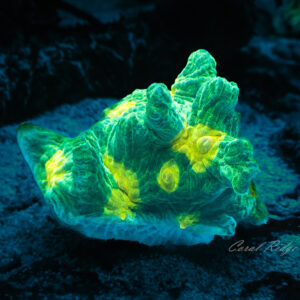
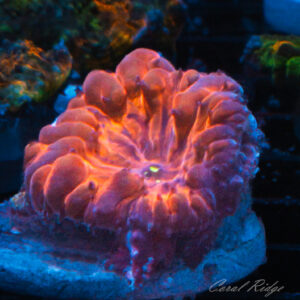
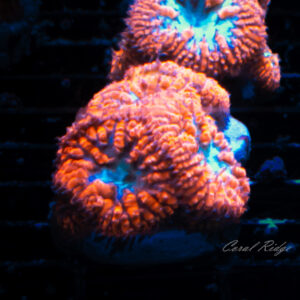

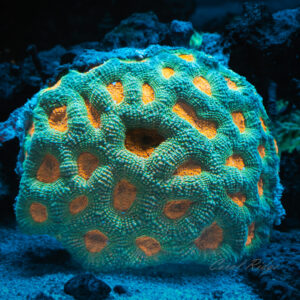

Reviews
There are no reviews yet.